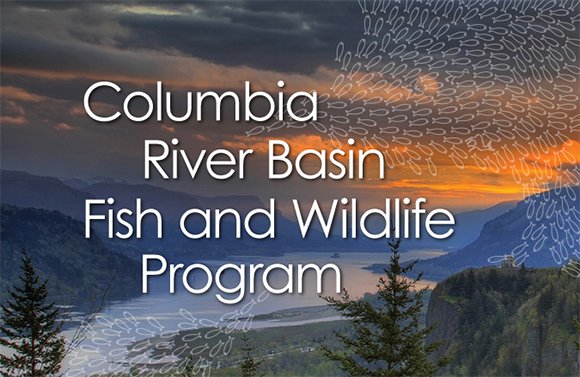Looking Back on 40 Years of Columbia Basin Fish and Wildlife Program Development
- September 06, 2022
- Carol Winkel

The Council’s Columbia Basin Fish and Wildlife Program represents a 40-year effort to mitigate the effects of the hydropower system on fish and wildlife in the basin. The scope and investment in the program make it one of the largest fish and wildlife mitigation efforts in the world and a significant part of the tapestry of mitigation and restoration efforts in the Columbia Basin.
Beginning with the first program in 1982, every fish and wildlife program has included references to program performance. The 2009 and 2014 programs emphasized understanding the outcomes from fish and wildlife mitigation and the 2020 program addendum addresses program performance through its goals and objectives, which serve as benchmarks for performance.
At its August meeting, staff presented part one of a five-part retrospective of how the program has evolved and performed since it began.
Kris Homel, biologist for program performance, and Leslie Bach, program manager, described the history behind the Council and its program and how it has developed over time. Staff began by reviewing the kinds of complexity in the basin and program that must be integrated into an assessment of program performance. These include the dynamic backdrop of the basin, the changes and expansion of the program and associated benchmarks over time, and the amount of time it takes for on-the-ground actions to mature and reach full benefit for fish, wildlife, and habitat.
To address the complexity in the basin and in programs, staff described the development of fish and wildlife programs over time in relation to key regional events. An understanding of program history and context are key to future assessments of performance because they set the boundaries on the kinds of work that have been called for, where that work occurred, and when the work was implemented.
In characterizing that work, staff developed a set of general terms that could describe what was called for in each program in a consistent way, even as program structure and content has changed over time. These categories can all be linked to the strategy performance indicators (SPIs) in the 2020 program addendum to track the outcomes from work called for in each program.
Numerous examples were presented of the kinds of work that were called for in the 1980s and 1990s. In particular, staff highlighted the designation of 44,000 miles of stream protected from future hydroelectric development, the development of historical estimates of abundance and loss assessments for salmon and steelhead, and other examples related to water conservation, wildlife lands, resident fish losses and goals.
Other key accomplishments included hydrosystem modifications and development of the water budget. This was a new concept for ensuring seasonal flows during the juvenile migration season by carving out a fixed volume of water from storage and releasing it during migration.
“From the beginning, programs were ambitious and pioneered new approaches and technology,” noted Homel. “The early years of the program also contributed tremendously to the knowledge base in the region.”
Fish and Wildlife Committee Chair Jeff Allen noted the benefits of the program through the years.
“The infrastructure developed through the program, from independent science reviews to the level of coordination amongst our many partners, has been an incredible value to the region,” said Allen. “It pioneered a comprehensive, science-based approach to the work.”
In September, staff will continue this discussion of program history and then transition to describing the approach to the remaining parts of the assessment. These parts will focus on four categories of work: hydrosystem, habitat, natural production and artificial propagation, and program adaptive management. For each part, staff will describe what was called for, what work has been completed, and identify how this work can link to SPIs that characterize ecological outcomes from the work.



